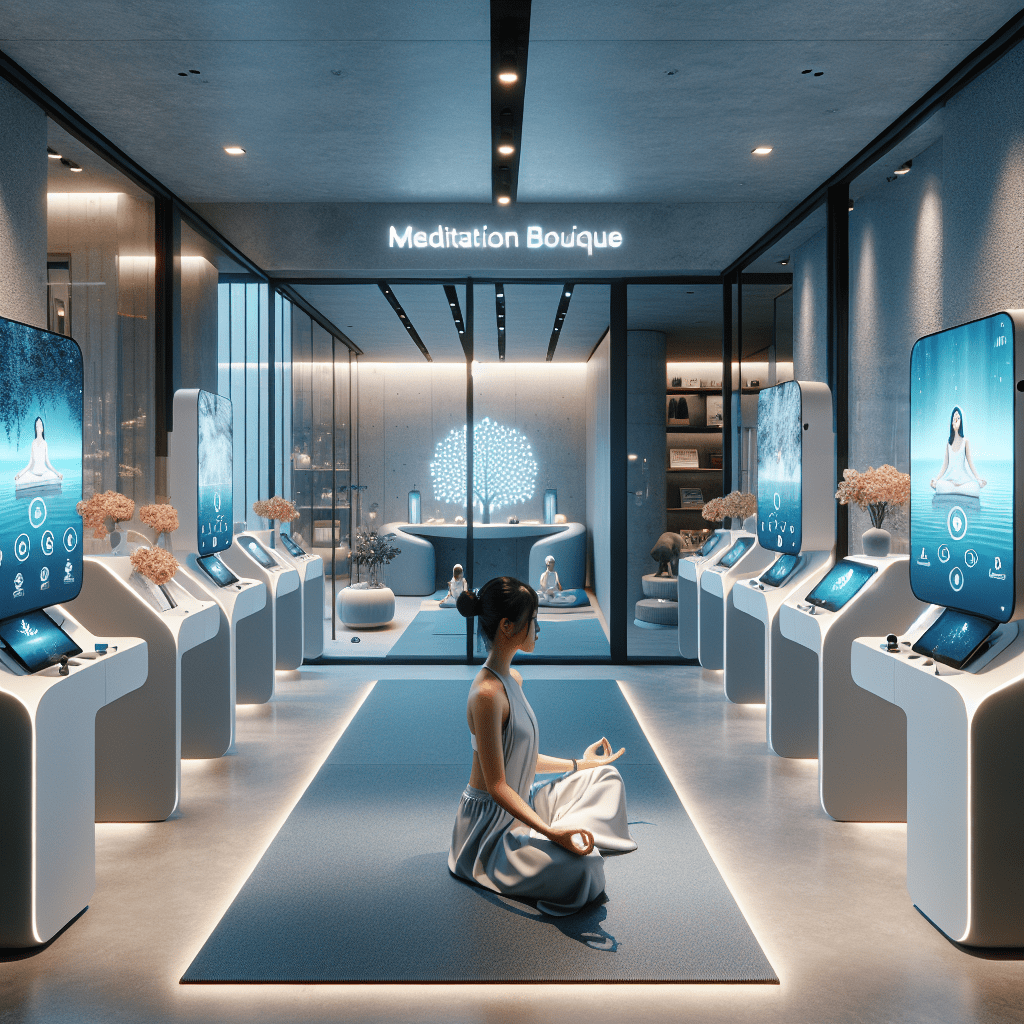
Prioritize your mental well-being daily. Enhance your life by nurturing your mental health with the Smart Meditation app. Break free from stress, alleviate anxiety, and enhance your sleep quality starting today.
How Many Types Of Antidepressants Are There?
Navigating the World of Antidepressants: A Deep Dive
In the vast universe of mental health treatment, antidepressants stand out as the sheriffs in town, fighting the good fight against the often underestimated foes known as mood disorders. From the notorious depression to the intricate web of anxiety disorders, these meds have had our backs since their inception. But, with a landscape as wide and as varied as that of antidepressants, one might find themselves pondering, “Just how many types are out there?”
Fear not, for we’re about to embark on a journey through the dynamic world of antidepressants. Fasten your seatbelts, because it’s going to be an enlightening ride.
The Main Squads of Antidepressants
There’s a whole platoon of medications categorized under antidepressants, each with its unique quirks, perks, and, yes, occasionally, jerks (side effects, I’m looking at you). Let’s break it down.
SSRIs: The Popular Kids on the Block
SSRIs, or Selective Serotonin Reuptake Inhibitors, are often the first line of defense. They’re like the cool kids in the antidepressant world, mostly because they tend to have fewer side effects. SSRIs work by blocking the reabsorption (reuptake) of serotonin in the brain, making more serotonin available. Some household names in this category include Fluoxetine (Prozac), Sertraline (Zoloft), and Citalopram (Celexa).
SNRIs: The Overachievers
Next up, we have the SNRIs, or Serotonin and Norepinephrine Reuptake Inhibitors. These guys decided that serotonin alone wasn’t enough; why not throw norepinephrine into the mix? This can make them more effective for certain folks. Venlafaxine (Effexor) and Duloxetine (Cymbalta) are some of the MVPs here.
Tricyclic Antidepressants (TCAs): The Old Guard
Ah, the TCAs, reminiscent of a bygone era but still packing a punch. These are the rugged veterans among antidepressants, used less frequently today due to more pronounced side effects. Yet, for some, they’re the golden ticket. Amitriptyline (Elavil) and Nortriptyline (Pamelor) are a couple of the stalwarts in this category.
MAOIs: The Exclusives
Monoamine Oxidase Inhibitors, or MAOIs, are like the high-maintenance celebrities of antidepressants. They require a strict diet due to potential interactions with certain foods and other medications. However, for some patients, they’re the miracle workers when nothing else works. Isocarboxazid (Marplan) and Phenelzine (Nardil) are in this elite group.
Atypical Antidepressants: The Misfits
Last but definitely not least, we have the atypical antidepressants. These meds don’t fit neatly into the other categories because of their unique mechanisms of action. They’re the rule-breakers, the innovators. Bupropion (Wellbutrin), which is often praised for not affecting the libido like other antidepressants, falls into this camp.
Which Antidepressant is Right for You?
Choosing the right antidepressant is a bit like matchmaking. What works for one person may not work for another. It’s a dance between the medication’s profile, the individual’s specific symptoms, their body chemistry, and, frankly, a bit of trial and error. Collaborating closely with a healthcare provider is key to finding the right match.
Remember, while antidepressants can be life-changing, they’re often most effective when combined with other treatments such as therapy, lifestyle changes, and a robust support system.
In the kingdom of mental health treatment, the variety and complexity of antidepressants reflect the diversity of experiences with mood disorders. Whether SSRIs, SNRIs, TCAs, MAOIs, or the atypical misfits, the goal remains the same: to light up the path to wellness. With the right information and guidance, navigating the antidepressant landscape can lead to a brighter, more balanced future.




